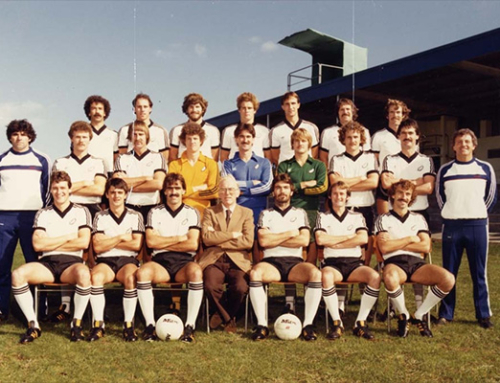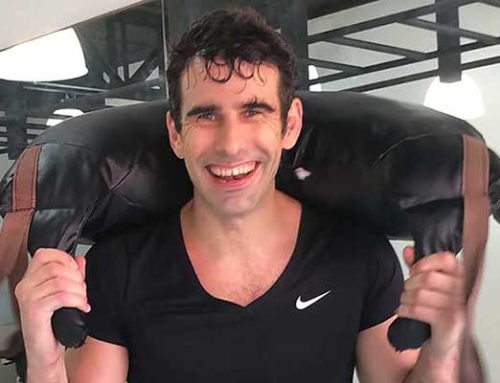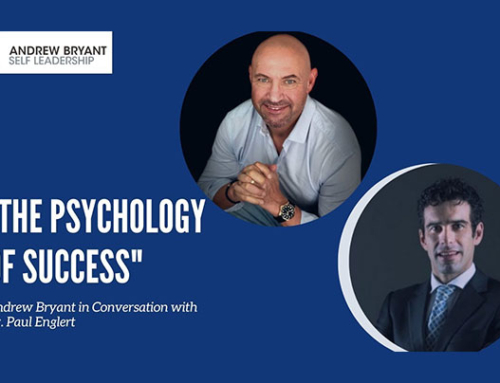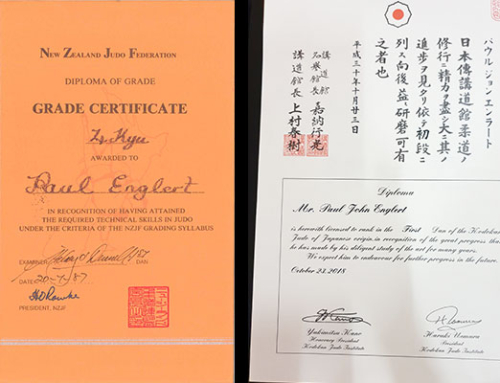I’m a couple of blogs behind for the year. While this is indicative of a busy and successful year at OPRA, it is no excuse for not completing the 12 part series on myths for 2014. So with a week’s holiday and 5 myths to go, what better time to finish this year’s topic for the OPRA blog? In good scientific fashion, this also provides a royal opportunity to test whether a series of blogs over a week is more effective than one a month.
A topic that has many permutations with respect to myths is that of teams and stars. People love the idea of teams but literature and research in the space are less complimentary. In this series of posts, I want to look at the work of teams both from a practice and literature perspective, and try and separate myth from reality.
To begin I want to look at the anti-hero of the team, namely the notion of the star or sole genius. This is pervasive in modern business culture with the likes of Branson, Jobs, and Trump; people perceived as sole innovators of the creativity that defined the businesses they are associated with. This is not to say that these people necessarily endorsed the idea that they themselves were the be-all-and-all. Rather, the common myth purported by society is that the company’s success is mainly attributed to a single individual.
The idea that success can be attributed to one person is not borne out in either pop research or academic research. A recent book highlighted this issue by noting what they term the ‘Power of Two’:
The book examines the process for creativity noting why two is the magic number for the creative process to realise returns. In doing so, the book covers the role of serendipity that lies in much success (a point that is so often glossed over in the literature) i.e., they have to meet! They need to have differences that combine to form a single powerful entity. They must work as a pair but enjoy enough distance and role separation to cultivate distinct ideas. In short, it is not the individual that creates success but the individual and their sidekick that achieve optimal results.
Evidence for the power of two is also borne out in academic literature. Business decisions are invariably preceded by a decision to act, and when it comes to decision making the power of two is again apparent.
In a 2012 article published in Science (Koriat, A. (2012), ‘When two heads are better than one’. Science, 20 April 2012: Vol. 336 no. 6079 pp. 360-362) evidence was found for two people decision making to be superior to that of the individual. While I will not go into the study in-depth, the key is the ability for each individual in the dyad to be able to communicate their confidence in judgements freely (i.e., a truly equal playing field). Thus, where the dyad falls down is when one person’s confidence overpowers the pair.
This study builds on earlier work that likewise states that the benefit of the pair comes from the ability to express confidence in decision making freely. The key outcome is thus that to enhance the power of two in decision making, there should be similar levels of competence and the ability to freely express confidence. Once again this shows the inherent nature of psychological research being multi-faced as this invariably will involve having people of similar levels of self-esteem, emotional intelligence, etc. for this magical effect to be optimised.
So if one is not the answer and two is clearly better, what happens when team size increases? More on this tomorrow.






